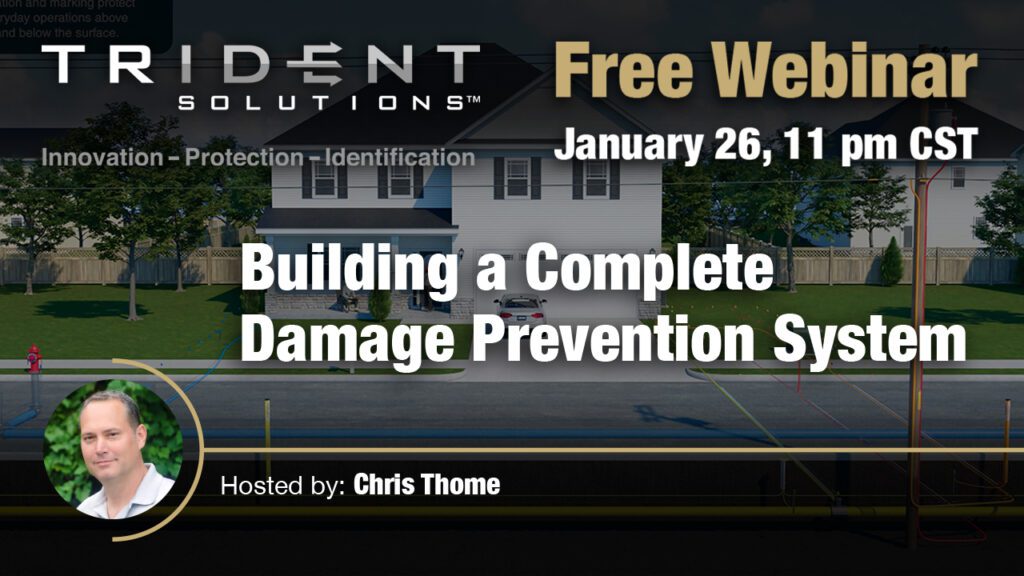In 2018, the CGA conducted a nationwide survey of excavators asking the reasons behind their decision to not request a locate ticket. The top three responses were:
- Belief that project was in an area that didn’t need marking (30 percent)
- Belief that they were already aware of location of buried utilities (29 percent)
- Assumed they weren’t digging deep enough to hit utilities (23 percent)
Above Ground Markers
Deploying above ground markers and signage all along your utility ROW can increase public awareness of the presence and approximate location of a buried utility. In many instances, the excavator simply didn’t see any marker in the vicinity, and just assumed the area was clear. Using an above ground marker with 360˚ of visibility, like the TriView®, can ensure a highly visible warning message that can be seen from every direction.Locate System
Utility locators receive the brunt of the blame from the damage prevention world. They work long hours under tight deadlines and face the increasingly high demand for utility locates. Private utility locate companies battling nationwide staffing issues only compound the stress. Fortunately, there are innovative tools that can assist locators in performing their duties with increased accuracy and efficiency.- Tracer Wire: One best practice is installing a tracer wire directly above telecommunications lines when they are installed. This tracer wire system should be corrosion, moisture, chemical, oil, impact, crush, and abrasion resistant. Many organizations already include the use of tracer wire in their specifications, and more states are pushing to legally require all underground utilities to install tracer wire with their assets.
- Test Stations: Often, tracer wire is poorly maintained or exposed to the elements. An above ground test station can protect both the tracer wire and access terminals from severe weather and vandalism.
- Hardware: Locating multiple utility lines can become a tedious task for the locator – having to locate lines separately and continuously reconnect to the different terminals significantly slows down their process.
- Ground: Grounding anodes should be installed at all dead ends of the tracer wire system to complete the electrical circuit needed to enhance signal for locating purposes. Grounded tracer wire allows the locator to use a lower frequency which provide the most accurate results for locating. Using a higher frequency tends to bleed-over into other buried utilities, making the locate inaccurate.
- Connectors: A tracer wire system is only as good as its weakest connection. It is vital to use connectors that are water and corrosion-proof protect vulnerable wire splices and keep the locate signal flowing across connections.




